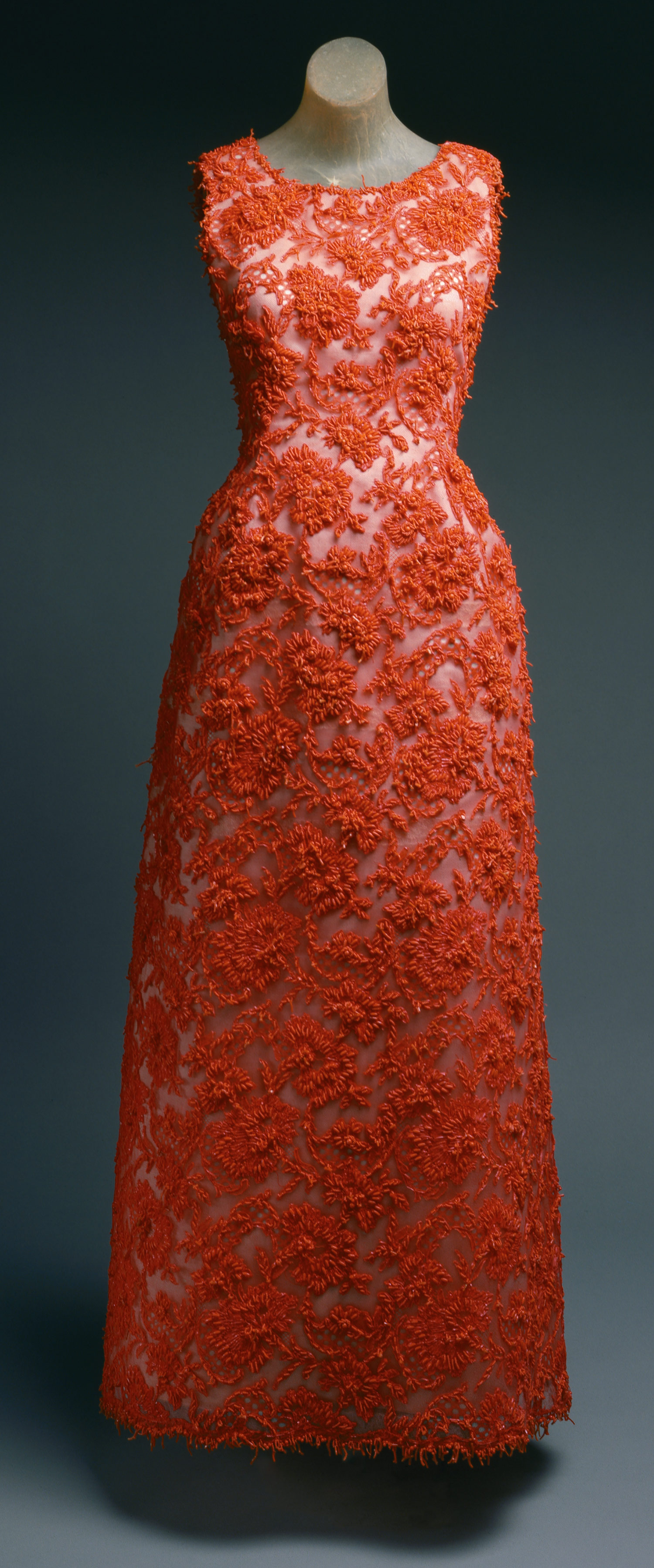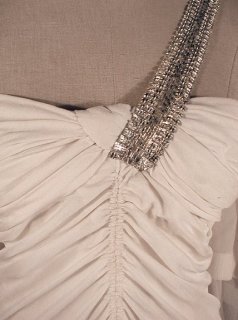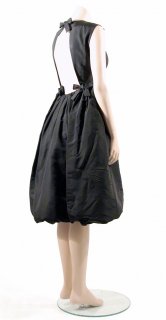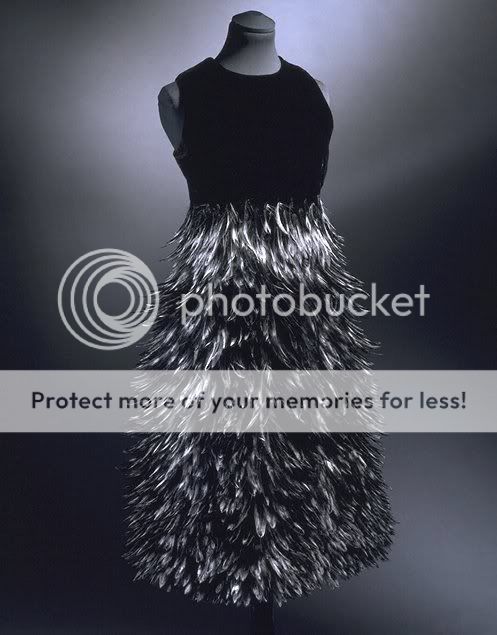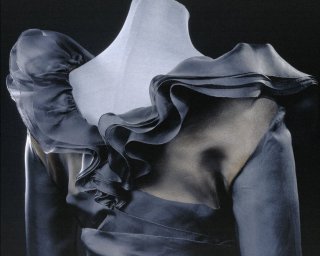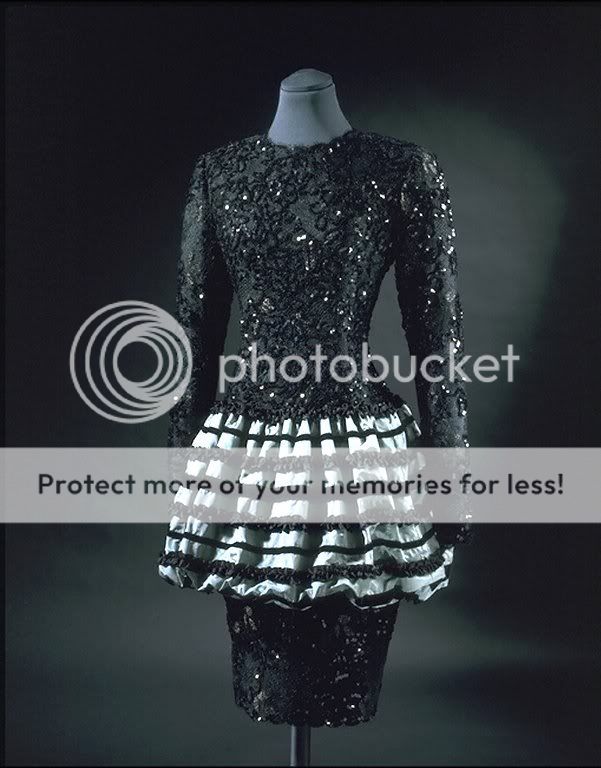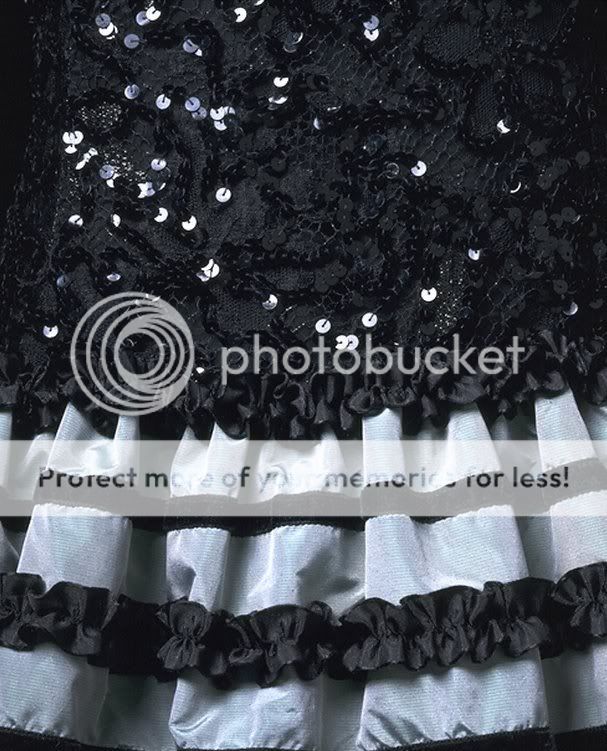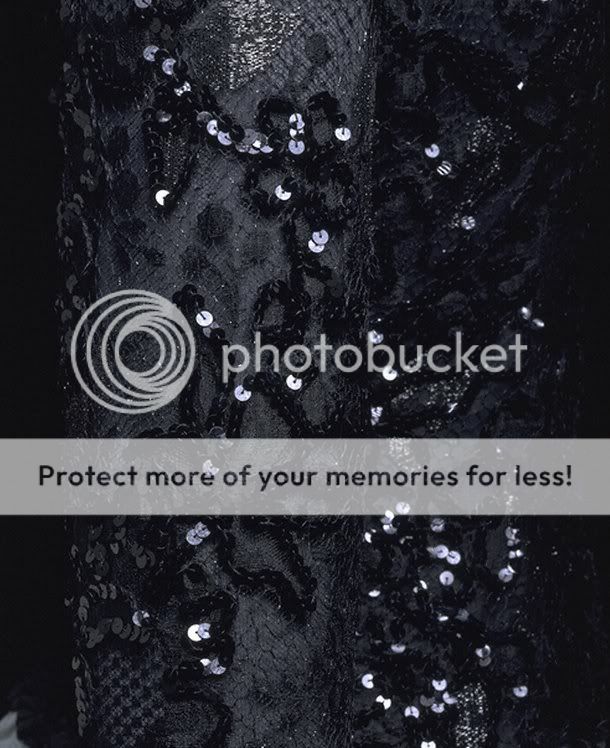I'm so in love with Riccardo Tisci's work for Givenchy that I decided to look up historical images, the work of the original designer/founder of the housedesigner Bio
Hubert James Taffin de Givenchy was born in 1927 in Beauvais, France. His father died when he was young, and he was brought up by his grandfather, an artist and expert tapestry maker.
Aged seventeen, inspired by his mother’s glossies, prompted by his seamstress cousins and brimming with youthful exuberance, Hubert de Givenchy leaves Beauvais for Paris, at a time when the couturier business was still passed on from master to apprentice.
In 1945 he begins his apprenticeship as a draughtsman for the couturier Jacques Fath while studying at the Ecole de Beaus Arts.
After a year, he joined Robert Piguet and then Lucien Lelong.
In 1950 he joined Elsa Schiaparelli where his bright youthful separates enchanted her clientele. After four years of collaboration, Hubert de Givenchy resigns from Schiaparelli, intent on opening his own couture house 1951. The somewhat overbearing couturiere thunderously dismisses him as «yet another bankruptcy». Hubert de Givenchy opens his own maison at n° 8, rue Alfred de Vigny, overlooking Paris’s Parc Monceau.
Foreseeing relaxed chic and the democratisation of luxury, which together marked the end of the century, in 1952 Givenchy launched «separates», light skirts and puff-sleeved blouses made from raw cotton – previously reserved for fittings only.
Two years later Hubert de Givenchy was the first major fashion designer to present a luxury ready-to-wear line, «Givenchy Université». More than any other, this was a designer who maintained close relations with his famous clients.
In 1953 one of Hubert de Givenchy’s designs was featured on the cover of Life magazine.
In 1954 upon the death of Jacques Fath, French entrepreneur Jean Prouvost asks Hubert de Givenchy to develop the first collection of high-end women’s ready-to-wear to be designed by a couturier. «Jacques Fath Université» thus becomes «Givenchy Université». The line is manufactured in Paris’s 10th arrondissement garment district on industrial sewing machines imported from the United States.
Givenchy introduced his perfume L'Interdit in January 1957 but allowed only Audrey to use it for a whole year, only allowing it into the market in December. He designed clothes for her films "Funny Face", "Breakfast at Tiffanys" and others. He designed clothes for a total of 10 films in all.
Balenciaga had long been an idol to Givenchy and in 1953 he actually met him. They became friends and Balenciaga worked with him continuously to help Givenchy mature as a couturier. Balenciaga taught him how to minimize, how to avoid unnecessary detail, how to be involved in shape and colour.
Launch of the high-end ready-to-wear collection «Givenchy Nouvelle Boutique» in 1968, in association with French clothing manufacturer Mendès.
In 1973 Givenchy launches «Gentleman Givenchy», his first men’s ready-to-wear collection.
The always impeccably turned-out Hubert de Givenchy, forever on the arm of the world’s most iconic beauties, proves to be his new label’s own best marketing tool.
---
However in 1988, Givenchy sold his house to LVMH (Bernard Arnault), who also own the houses of Dior, Lacroix, Celine and Kenzo. Arnault pressured Hubert Givenchy hard to retire. Finally, he did so in 1995.
After retiring in 1995, Hubert de Givenchy was succeeded by young British designers. On January 1st 1996, John Galliano is appointed as head designer of Givenchy’s haute couture and ready-to-wear lines. On October 14th 1997, John Galliano departs for Dior and is replaced at the helm of Givenchy by fellow British Designer of the Year and enfant terrible Alexander McQueen.
In 2000 the house of Givenchy brought out a new cosmetics line called "Teint Miroir".
In 2001, Alexander McQueen left Givenchy. He departed as the ultimate professional, doing the Autumn/Winter 2002 collection with an intimate showing of wonderful clothes that crossed Tough Chic with a youthful charm delivered with impeccable skill.
It was a surprise when Bernard Arnault (chief officer of LVMH who owns Givenchy, Dior and others) appointed Julien Macdonald the British designer, as chief designer for Givenchy haute couture. His first collection was Spring 2001. MacDonald presented the Haute Couture Spring/Summer 2002 show for Givenchy and it was a beautiful show. However soon afterwards, he announced that he would be leaving Givenchy when his contract is up in April. He has not indicated his future plans.
In December 2003, the British tailor Ozwald Boateng was appointed creative director for Givenchy Homme and in March 2005 the Italian designer Riccardo Tisci was appointed creative director for the Givenchy Femme haute couture and ready-to-wear collections.
from fashionmodeldirectory.com
givenchy.com
Hubert de Givenchy

metmuseum.org

msstate.edu
Last edited by a moderator:


